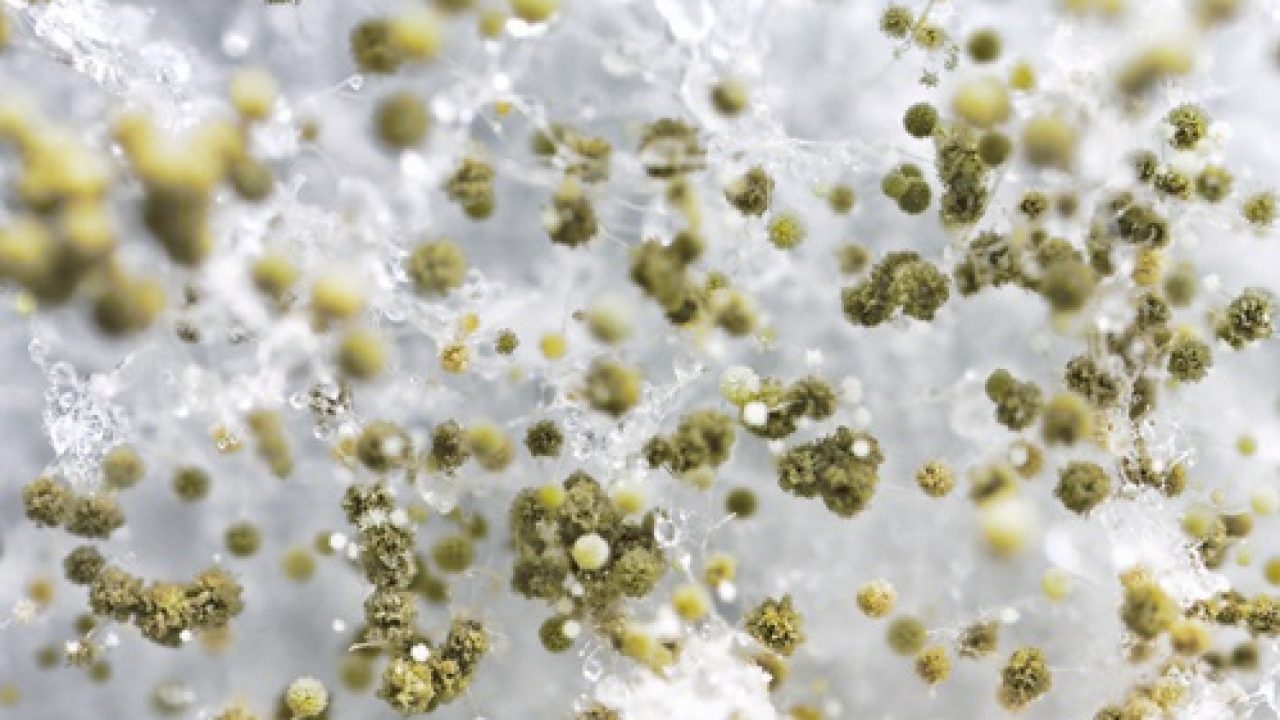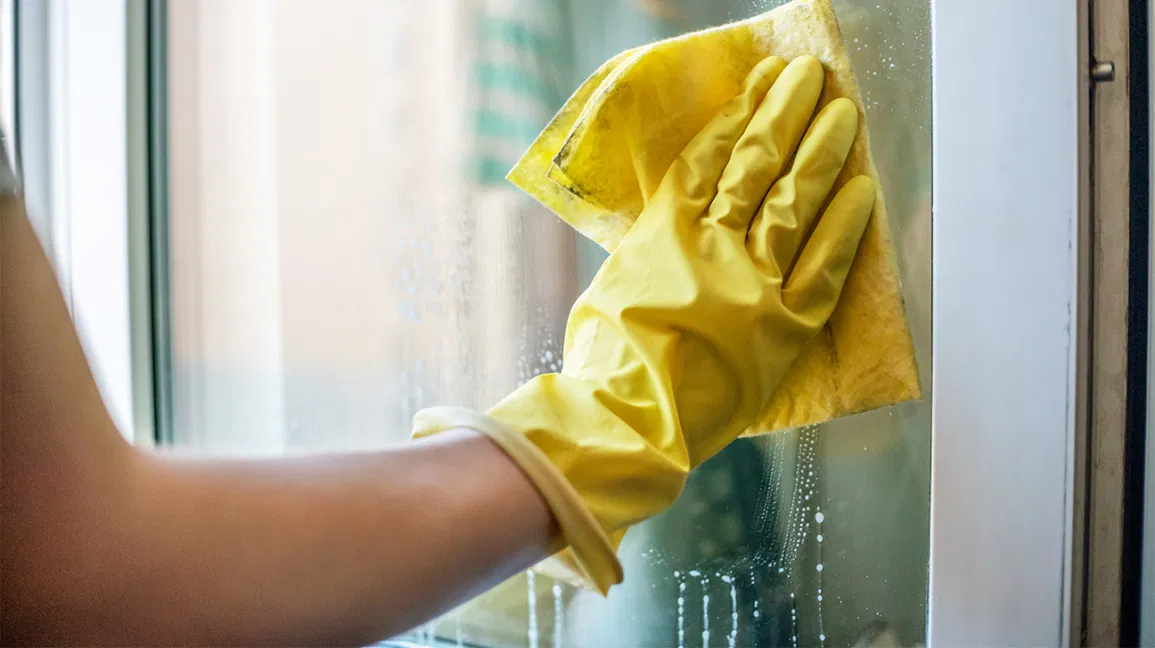Winter has arrived in full force, bringing with it cloudy, gloomy weather. The presence of mould and mildew in your house throughout the colder months can offer a variety of health dangers, the most prevalent of which are respiratory issues, sinus infections, headaches, and eye discomfort. If you are looking for the best mould services go through https://www.build-review.com/a-comprehensive-guide-to-building-a-mould-resistant-home/.

Everyone can be at risk from mould, but it’s more problematic if you share your home with young children, the elderly, or those who have breathing problems. Mold can destroy your furnishings and possibly jeopardize the structural integrity of your house, in addition to its negative effects on your health.
But what is it exactly? A spore that lives in the air and prefers warm, moist environments is the mould that you discover in your home. Almost any surface, including textiles, wooden furniture, tiles, painted concrete walls, and plastics, can develop it.
Since we frequently close our windows and doors to keep out the elements in the winter, this is a good time for mold infestations. As a result, there is inadequate ventilation in your home, which contributes to the buildup of damp air. Condensation builds up over the course of days and weeks, creating the ideal moist environment for the growth of mold.
Be sure to check your home insurance policy to see if mould growth is covered.
This winter, you can take plenty of precautions to keep your house mould-free.
- Launch Windows While it may be tempting to seal off your home until spring, strive to keep it as well-ventilated as you can. Since bathrooms and kitchens are most likely to grow mould, open a window or two briefly when cooking or taking a shower to encourage moisture to escape rather than accumulate. Alternatively, if you’re worried about losing heat, have air vents retrofitted into your windows.
- Shut the doors Try to keep excess moisture in those rooms when in use since bathrooms and kitchens are the most typical places for mould to grow. Don’t, for instance, leave the bathroom door open while taking a bath or a shower. In the event that you don’t, the steam will circulate more freely around the house and can result in mould issues in other rooms. Mold growth may eventually result from condensation that accumulates over time on the walls of your landing or hallway.
- pristine carpets It’s crucial to respond if you detect a musty, repulsive odor in carpeted areas. Mold, which is undetectable to the naked eye, can be growing directly beneath your feet.
Invest in high-quality carpet padding with anti-microbial qualities because prevention is always better than cure. Even while it could cost a bit more up front, if you are unlucky enough to experience a mould outbreak, it will ultimately save you money and hassle.
Keep carpets clean by vacuuming regularly and having them professionally cleaned every year to prevent mould growth.
- Verify for leaks While using household appliances like kettles and showers can lead to moisture build-up, it’s important to thoroughly inspect your home for any leaks or cracks that may be allowing too much moisture inside.
The usual places to check are behind toilets, around your washing machine and dishwasher, and beneath radiators. If you discover a leak, contact a plumber. Drainpipe blockages can also result in ceiling mould.
- Eliminate Clutter Although everyone has heard of undertaking a “spring clean,” the winter is likely a better time to dispose of or recycle old furniture and clothing. The more things we own, especially when they are crammed into closets and wardrobes, the less room there is for air to circulate, which is essential for preventing the spread of mould.
Make your home clutter-free as the colder months approach. It won’t disappoint you!
- Avoid indoor clothing drying It may be alluring to hang your clothes up to dry inside on a clothes horse or radiator, but this will only make your mould problem worse because, without ventilation, the moisture from the clothes will evaporate and end up on the walls and ceiling. Instead of airing your clothes outside, think about buying a tumble dryer. If that isn’t an option, make sure to leave plenty of windows open.
- sanitized extractor fans Your kitchen or bathroom’s extractor fans may clog up and lose power over time. Have them periodically maintained and cleaned to keep them operating efficiently. For removing stifling odors and humidity from the outdoors, extractor fans are crucial.
- Dehumidifier use Dehumidifiers significantly lower the humidity levels in your home, which makes it less inviting for mould, mildew, and dust mites. When someone uses a dehumidifier for the first time in their house, they can be shocked by how much water it pulls from the air. Some people are able to collect up to 20 liters in just a few hours! This is usual for the first use, however with continued use, the amount of moisture in the air will decrease.
They might be extremely helpful for allergy patients because they also lessen dust accumulation. Dehumidifiers come in a wide range of styles, dimensions, and costs. Find out how to choose the best dehumidifier for your home by speaking with your neighborhood home appliance retailer.
- Refresh the Mold So what should you do if you discover a mould growth in your home? Not to worry. Despite the fact that there are many treatments available for removing mould, many of them are laden with allergens and dangerous chemicals and should only be used as a last resort.
Try DIY remedies instead. Unexpectedly, white wine vinegar’s natural acids have been shown to be safe to use while cleaning and helpful at getting rid of some types of household mould.
Purchase a spray bottle and a bottle of the white substance from any grocery. Apply it with a sprayer to the moldy area and clean with sponges or brushes. Wear rubber gloves if you are concerned that vinegar will irritate your skin.
Despite the fact that vinegar fumes are not toxic, you may want to wear a mask to mask the pungent smell. Cleaning your home with vinegar on a regular basis will not only remove mould effectively, but it will also prevent it from returning.
- Products for preventing and removing mold If all else fails, deploy the heavy equipment! Ask about anti-mold products at the hardware store in your neighborhood.
There are numerous products available to assist you. They may prevent growth for up to six years with everything from thick anti-mold paint to mold-killing spray.
A specialist should be consulted if the problem recurs. It is important to keep your home mold-free as a refuge from the outside world.

Leave a Reply